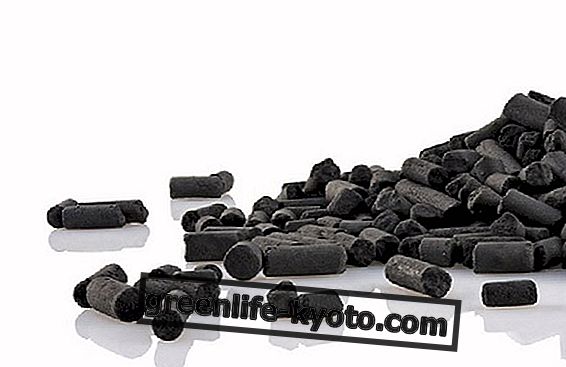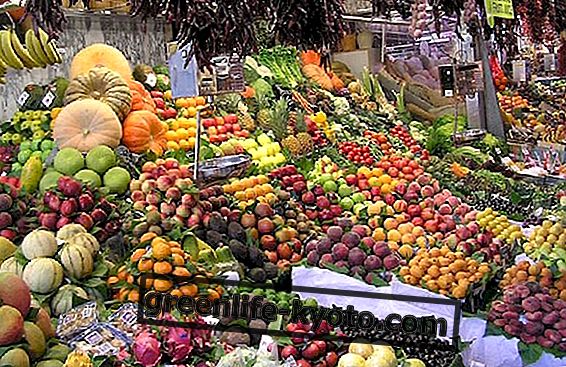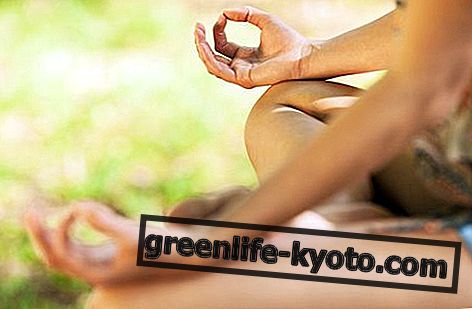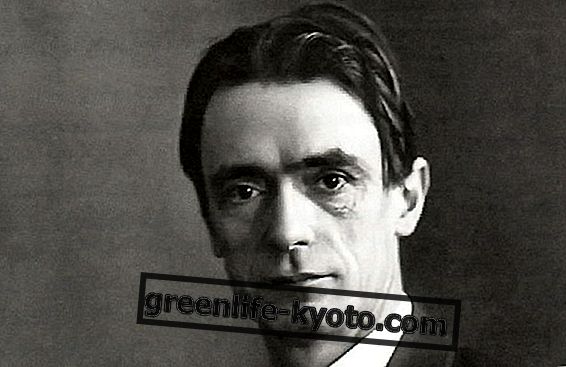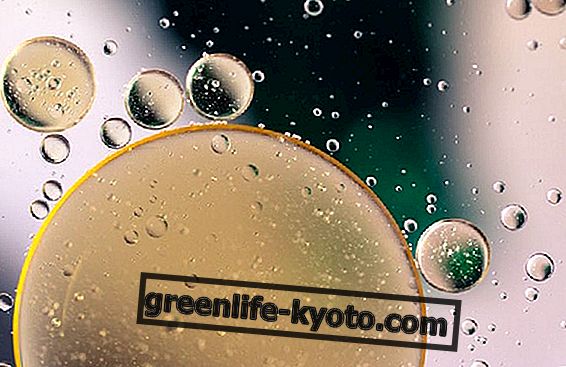Milk is a complete food, low in calories, with good nutritional and nutritional value, which contains vitamians A, B and E. Let's find out better.

The different types of milk
Milk is the first food for humans and, due to its nutritional characteristics (including those of its derivatives), it is confirmed as one of the fundamental products for human nutrition in all ages.
According to the health legislation (EC Regulation 1234/2007) for " drinking milk " means the product obtained by regular, uninterrupted and complete milking of animals in good health and nutrition ; with the word "milk" only milk from bovine females must be understood.
That of other animals must carry the name of the species to which the animal that supplies it belongs (for example goat's milk, buffalo milk, etc.).
In practice most of the milk that we find on the market is vaccine and homogenized, that is subjected to a process which, greatly reducing the size of the fat globules, prevents the upward separation of the milk cream (or cream).
There are various types of milk that differ in terms of fat content or the process of rehabilitation and preservation (in the case of heat treatment, the more or less high temperature used).
Based on the amount of fat it is obtained:
- whole milk with a content of at least 3.5%;
- semi-skimmed milk with a fat content of 1.5% to 1.8%;
- skimmed milk with a fat content of less than 0.5%.
If, on the other hand, we consider the restructuring process undergone, from a commercial point of view we obtain:
- suitable for short - term storage which has undergone a pasteurization heat treatment at temperatures between 72 ° C and 78 ° C for times between 15 and 20 seconds (with consequent elimination of pathogenic germs and a reduction of the overall bacterial flora). The durability of this type of milk is a few days from the date of packaging;
- medium conservation milk undergoes thermal treatments at temperatures above 80 ° C. The durability is 90 days from the packaging date;
- long-life UHT or "long-life sterilized" milk that has undergone heat treatments at temperatures of 116 ° C - 120 ° C for 20 minutes; the durability is 180 days from the packaging date.
There are also special milks specifically aimed at certain types of consumers, such as milk lactose- delactosate (milk sugar, sometimes not easily digestible in people with a lack or lack of specific enzymes to digest it) or protein- enriched milk, vitamins, fatty acids, fibers, etc.
Milk in the macrobiotic diet
Nutritional value of milk
Milk is a food with good nutritional value (thanks to its chemical composition) and good food value (given by its palatability; it is a food appreciated by many people).
Water is the main constituent of milk (about 87% in bovine milk) containing in solution lactose, mineral salts and water-soluble vitamins, in dispersion it contains proteins and phosphates and in fat emulsion and fat-soluble vitamins.
Regarding protein content (about 3.5%), among the milk proteins it must first be remembered the casein which has among its salient characteristics that of coagulating by the action of enzymes of animal, vegetable or bacterial origin and to read acidification.
Fats (about 3.5%) are dispersed in the form of very small droplets which, due to surfacing, that is to say by spontaneous separation when the milk is left to rest, or by centrifugation, are collected on the surface forming the cream of milk (or cream) . Triglycerides, which represent 97-98% of the total, determine the physical properties of milk fat and act as solvents for other lipids and for various fat-soluble substances. The milk of ruminants is characterized by the abundance of saturated fatty acids and a reduced proportion of unsaturated fatty acids, including oleic acid which is the most abundant.
Sugars (about 4.5%) are represented by lactose which gives the milk its characteristic sweetish taste but which has a sweetening power equal to half that of sucrose.
The content of fat-soluble vitamins (vit. A and E) is relatively abundant; Vitamin D is scarce. Among the water-soluble vitamins contained in milk, we find the B vitamins and low amounts of vitamin C that disappears during pasteurization (thermolabile vitamin).
As far as mineral salts are concerned, milk contains a high percentage of chlorides and calcium phosphates while iron and copper are present in small quantities and insufficient for the needs of the breast-fed child.
It should be remembered that the chemical composition of milk can vary depending on the breed, the type of feeding, the animal's production cycle and the seasonal period.
During the summer months the percentage of unsaturated fatty acids undergoes a net increase compared to the saturated ones and moreover the vitamin power of vitamin A becomes two times higher than that of the winter period.
How do we rate milk?
In its global assessment we can say that milk:
- it is a complete, balanced and without excess of components food;
- compared to many other foods, it is inexpensive . If we consider that a liter of milk supplies proteins in quantities equivalent to those contained in a pound of meat and a percentage of fat corresponding to about 35-40 g of butter, the calculation to make is easy !;
- it is not very caloric (it also depends on the amount of fat in the milk we choose);
- the minimum losses of nutritional value resulting from reclamation treatments are repaid by substantial hygienic and economic advantages .





